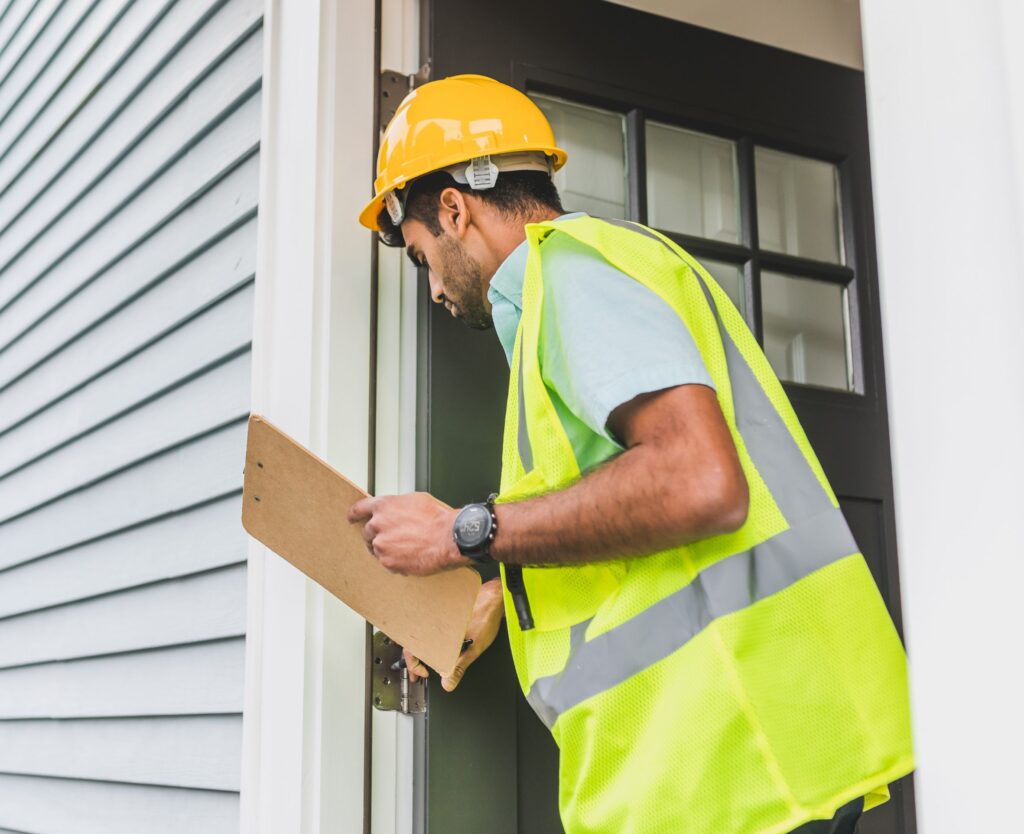When you’re buying a home, one of the most important steps is the home inspection. It’s your chance to get a professional look at what’s really going on behind the walls, under the floors, and in the attic. But here’s the thing: home inspectors are human, and their inspections, while thorough, aren’t x-rays. That means there are a few things even a seasoned inspector might overlook.
Whether you’re a first-time buyer or a seasoned house-hunter, knowing what to watch for can save you money, stress, and a whole lot of “I wish I’d known.” Let’s walk through some of the most common things home inspectors might miss — and what you can do about it.
1. Roof Trouble That’s Hard to Spot from the Ground
Most inspectors do a visual check from the ground or with binoculars, especially if the roof is steep or wet (understandably—they’re not trying to fall for your future home, literally). This means:
-
Loose or cracked shingles
-
Improper flashing around vents or chimneys
-
Early signs of sagging
What to do: Ask for a roofing specialist if you suspect age or wear. Bonus tip: check the seller’s disclosure for the roof’s age.
2. Hidden Plumbing Leaks
Inspectors will run faucets and flush toilets, but they’re not opening up walls. Small leaks under sinks or slow drips behind appliances can go unnoticed — especially in rarely-used bathrooms.
What to do: Check for water stains under cabinets and around toilets. Run all faucets yourself and watch for low pressure or slow drains.
3. HVAC Systems That Technically Work But Barely
Home inspectors will turn the heating and cooling systems on, but they won’t always do a deep-dive diagnosis. They’re not HVAC techs, so they won’t check refrigerant levels or blower efficiency.
What to do: Ask how old the system is, request service records, and consider getting a separate HVAC inspection if it’s older than 10 years.
4. Electrical Quirks and Outdated Wiring
If the lights turn on and the outlets have power, inspectors might not notice lurking problems. Older homes with aluminum wiring or outdated breaker panels can pass basic checks but be long-term safety concerns.
What to do: Ask if the panel is original. Look for GFCI outlets in kitchens, bathrooms, and outdoor areas — those are code-required in newer homes.
5. Insulation and Energy Efficiency
Most inspectors aren’t crawling into every inch of the attic or checking for wall insulation. Drafty windows, lack of attic ventilation, or gaps in insulation can slip under the radar.
What to do: Peek in the attic — is there insulation at all? Also, check if windows are single or double pane. Ask the seller for past utility bills if you’re curious.
6. Mold or Moisture in Hidden Spaces
Unless there’s visible mold or a strong musty odor, this can be missed. Inspectors don’t typically test for mold unless it’s requested or obvious.
What to do: Check under sinks and in basements. Ask if the home has had water intrusion or previous remediation. If you’re sensitive to mold or buying in a humid area, consider mold testing.
7. Pests and Rodents
Home inspections are not pest inspections. Unless there’s a clear sign of infestation, it likely won’t be flagged. Termites, mice, or carpenter ants could still be cozying up in crawl spaces.
What to do: Request a pest inspection—especially in older homes or areas prone to termites.
8. Grading and Drainage Issues
Standing water around the foundation? Could be trouble later. Home inspectors may not always be able to assess grading fully, especially in dry weather.
What to do: Walk the property after a rain if possible. Look for low spots near the foundation or signs of erosion.
9. Appliances That Work Now, But Not For Long
The fridge runs. The stove turns on. But how old are they, really? Inspections usually confirm that appliances function, but not how well or for how long.
What to do: Ask about appliance ages and brands. Research life expectancies (hello, 15-year-old dishwasher that’s hanging on by a thread).
10. Cosmetic Cover-Ups
Fresh paint can hide a lot more than just bad taste. It can conceal water stains, old smoke damage, or even patched drywall after a leak.
What to do: Be skeptical of that one freshly-painted room or wall. Ask the seller if there’s a reason something looks extra updated.
What You Can Do as a Buyer
-
Be there for the inspection. Walk through with the inspector and ask questions.
-
Bring your own checklist. Look at things your inspector might not cover (attic insulation, under sinks, etc.).
-
Request additional inspections. Specialized inspections (roof, HVAC, mold, pests) may cost extra—but could save you thousands.
Final Thoughts
A home inspection is a critical part of buying a house, but it’s not a crystal ball. Even the best inspectors can’t see everything. That’s why a little extra awareness — and maybe a second opinion — can go a long way in protecting your investment (and your sanity). After all, it’s not just about buying a house — it’s about buying peace of mind.


